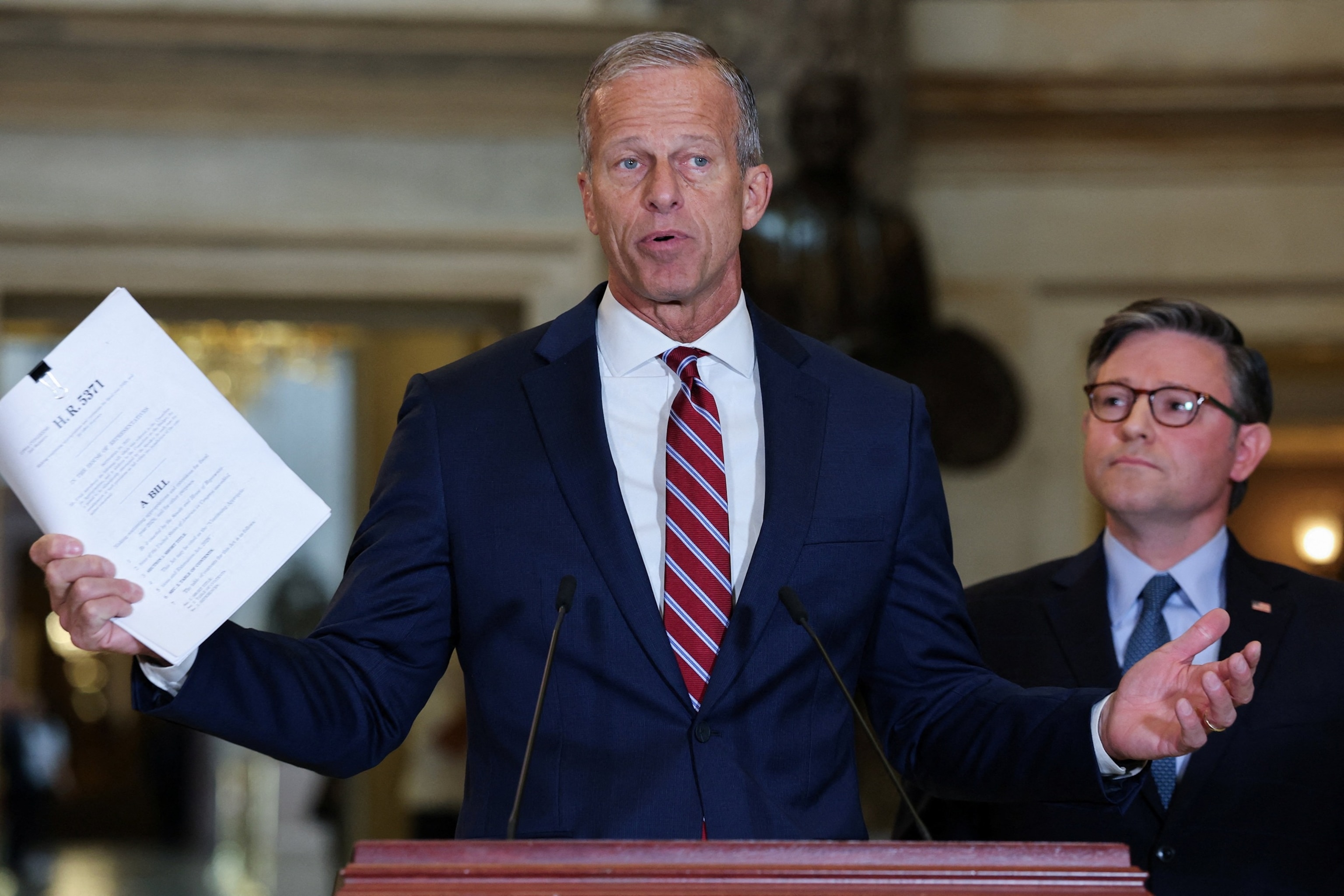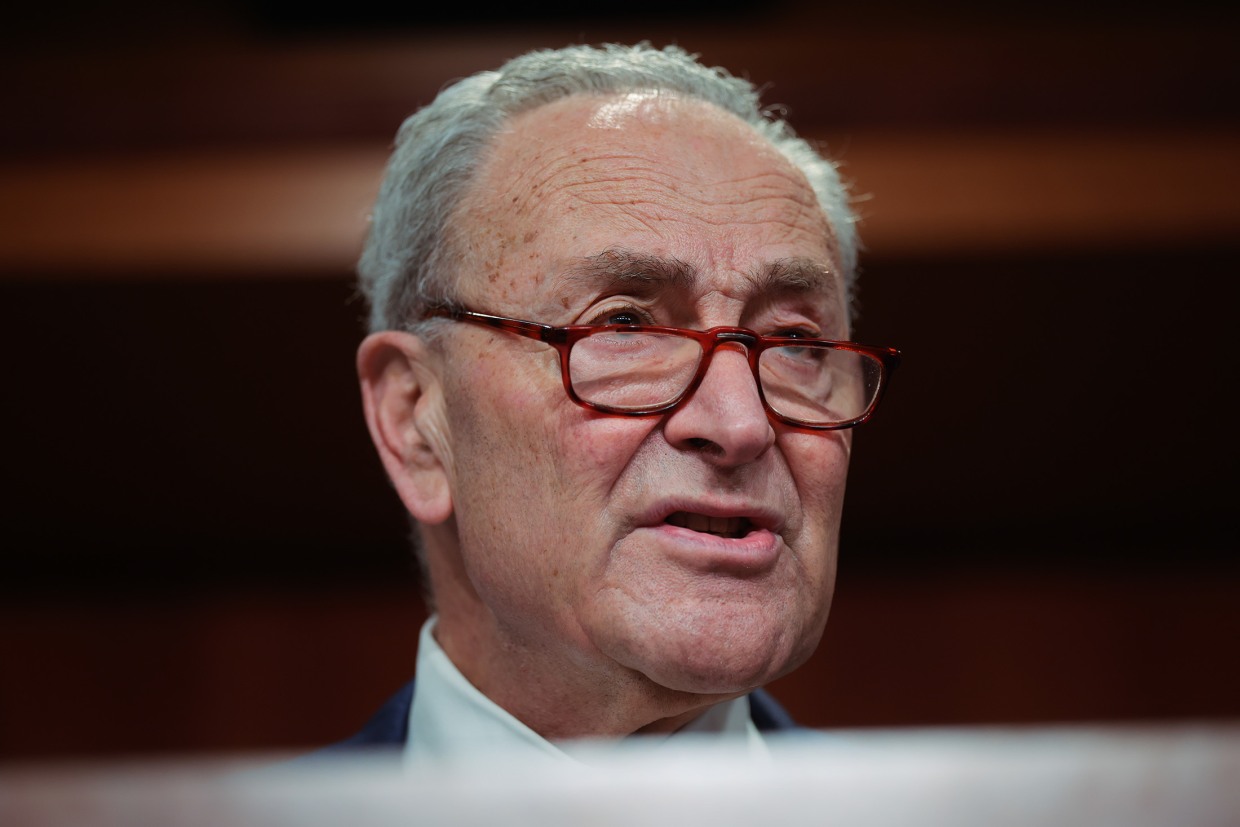As the artificial intelligence (AI) arms race speeds up, mega-infrastructural announcements have become a form of signalling: size = power, scale = leadership. One of the most recent and high-profile cases is the mega-datacentre facility announced by Microsoft in Wisconsin, which the company claims will be “the world’s most powerful AI datacentre.” But a deeper look suggests the story is more nuanced: the facility is impressive in physical terms, but the assumptions baked into the “world’s largest” label — and what it implies about usability, sustainability, access and strategic value — deserve a closer investigation.

The grand claim
Microsoft’s announcement describes a facility on a 315-acre site, with three buildings totalling 1.2 million square feet. The planned hardware: “hundreds of thousands” of advanced GPUs (a reference to the NVIDIA GB200/GB300 generation), linked by fibre optic cables “long enough to circle the Earth 4.5 times”. The facility is billed as delivering “ten times” the performance of today’s fastest supercomputer. From a raw infrastructure viewpoint, the scale is astounding.
To a lay observer, the phrase “world’s largest AI datacentre” immediately evokes dominance: this will be the place where the largest models are trained, where the biggest compute bottlenecks are removed, where the future of AI is being built. In many respects, the facility is real, the ambition genuine. But the real question is: largest by what measure? And more importantly: largest in scale, but is it largest in strategic value?
Where the caveats begin
Size isn’t the same as readiness
Building 1.2 million sq ft of datacentre space and packing it with hundreds of thousands of GPUs is one thing — making it operationally efficient, well-cooled, network-distributed, security-compliant is quite another. Large scale amplifies complexity: supply chains for cutting-edge chips, custom cooling systems for high-density racks, high-bandwidth networking, energy provisioning. Any one of those can become a bottleneck or see cost overruns. The fact that such facilities are announced with bold claims doesn’t guarantee they will operate at the claimed capacity or efficiency for years to come.
Energy, cost and sustainability trade-offs
Mega-datacentres consume massive electricity, create heat that must be managed, require robust grid connections, water/air cooling systems. The irony is that a facility built to tackle cutting-edge AI — which itself is justified often on efficiency or intelligence gains — may end up performing poorly on energy or environmental metrics. If you build something ten times larger, but it uses 20 times more energy, the strategic benefit is more questionable. Moreover, the “world’s largest” label may simply mean more hardware, not better hardware.

Access, usage and business model
It’s one thing for Microsoft to build large compute infrastructure; it’s another for that infrastructure to be used to its full potential. How many of those GPUs will be idle? Who gets access? Are they reserved for internal Microsoft projects or open to external researchers and institutions? If this facility becomes a kind of “exclusive club” run by Microsoft, the broader promise of democratizing frontier compute may falter. And if utilisation remains low, the business case begins to weaken.
![]()
Strategic framing vs. future-proofing
Labeling something as the “world’s largest” is a strong communications move—it garners press, draws talent, intimidates competitors. But being the largest today doesn’t guarantee relevance tomorrow. GPU architectures evolve, new hardware arrives, inference requirements may change, software stacks might shift. If the facility is optimized for a particular generation of hardware or network topology, it may become less competitive as new paradigms emerge.
Strategic implications and critical questions
For the AI ecosystem
Large-scale compute is clearly a bottleneck in training frontier AI models (e.g., large language models). Having such a facility helps to remove that barrier. But it also concentrates compute power in fewer hands. If only the largest players have access to “world’s-largest” facilities, smaller players may be structurally disadvantaged. That concentration may slow innovation diversity, entrench existing leaders, and reduce the breadth of research and application.

For local communities and supply chains
Mega-datacentre sites bring investment, jobs, infrastructure upgrades—but also demands on local power grids, water supplies (if using liquid cooling), land use, heat dissipation, and environmental impact. Communities near such sites often face long-term commitments and risks. The environmental sustainability of such a project deserves independent scrutiny—especially if the facility is billed as cutting-edge but consumes large amounts of energy.
For cost-effectiveness and metrics of success
The key metric should not just be “size” but “performance per dollar,” “compute per watt,” “turnaround time,” “model cost per training hour,” “accessibility.” If a smaller, more agile cluster can deliver 80 % of the performance at 40 % of the cost, perhaps that route would have been smarter. Are we chasing “biggest” rather than “best”? Are the claims of “ten times faster” realistic when all overheads (cooling, communications, maintenance, idling) are included?

For competitive and geopolitical dynamics
Mega-datacentre announcements also play into geopolitical signalling. Hosting the largest facility sends a message: “we lead.” But global competitors are emerging. For instance, another facility in South Korea is targeting 3 GW of compute capacity by 2028 and a budget of US$35 billion, which may eventually surpass the scale of the Wisconsin facility. So the superlative “world’s largest” may be short-lived or dependent on chosen metrics. The competition is not just hardware but who can build, maintain, access, and leverage such capacities globally.

Why this matters — despite the caveats
Although the “world’s largest” tag should be treated with caution, it still matters. Why? Because it means heavy commitment. Microsoft is betting that frontier AI continues to scale and be compute-intensive. The presence of hundreds of thousands of GPUs means there is physical capacity. That can accelerate research, reduce waiting time, allow new classes of models to be trained. It can attract talent, encourage ecosystem partners, and signal to investors and rivals that the company is serious.

The caveat: size alone is not sufficient. To turn infrastructure into impact, the facility must deliver usable hours, access, upgrade-path flexibility, efficient operations, and sustainable business justification. The broader promise of AI is not just “bigger models,” but “smarter uses.” If large infrastructure simply leads to larger models but no meaningful new applications, the return on investment may be limited.

Recommendations & considerations
Transparency of utilisation: Operators should publish utilisation metrics—what fraction of GPUs are active, what model classes are run, time to model completion, downtime, idle racks.
Efficiency metrics: In addition to scale, metrics like cost per training hour, kilowatt-hours per teraflop, heat output per rack, upgrade cycle length should be publicly discussed or benchmarked.
Access models: Consider how the facility’s capacity can be shared—academic researchers, non-profits, startups—not just internal enterprise use. That helps broaden the ecosystem benefit and may build goodwill/regulatory favour.
Community and environmental impact assessments: Ensure that local grid, cooling, water usage, heat dissipation, land use have been independently assessed and publicised. Big facilities must be good neighbours.
Upgrade and future-proofing path: Since hardware evolves fast, the facility design should allow modular upgrades (new GPUs, new interconnects, new cooling), rather than being locked into a specific generation for a decade.
Conclusion
The “world’s largest AI datacentre” is emblematic of the era—we are building ever-larger infrastructure to power ever-larger models. And the facility announced by Microsoft truly is one of the most massive investments in AI compute infrastructure to date. But that fact does not mean it is without nuance or without questions.
Size is impressive. But what itisn’t is a guarantee of flawless advantage, perfect efficiency, or broad accessibility. The superlative tag masks trade-offs: energy, cost, complexity, access, sustainability. For the broader public, researchers, policymakers, the key is not to marvel only at the headline (“hundreds of thousands of GPUs”, “earth-circumferencing fibre links”) but to ask: how will this be used, how will it be leveraged, who gets access, what are the costs, what are the benefits?
